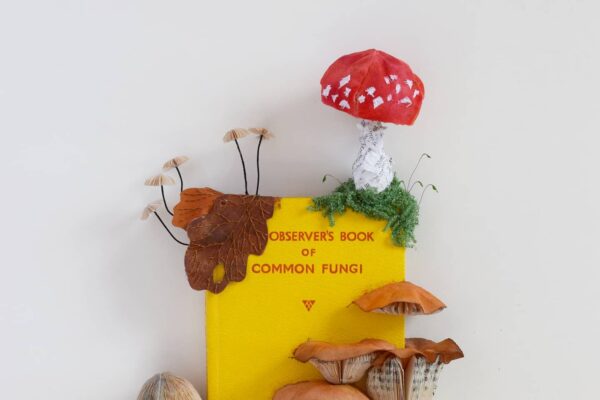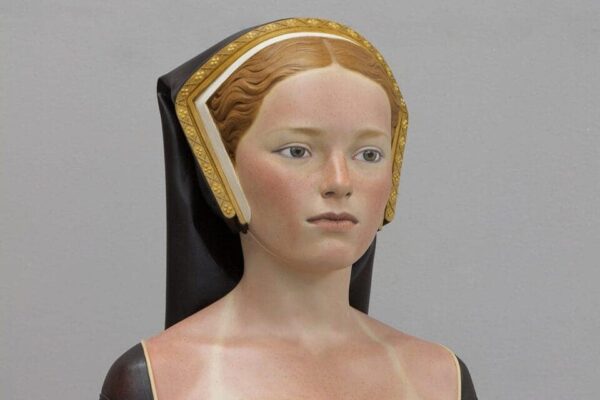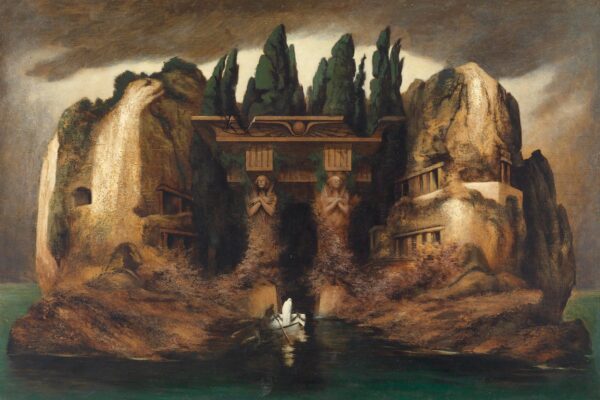1. The world’s first publicly accessible art museum storage facility
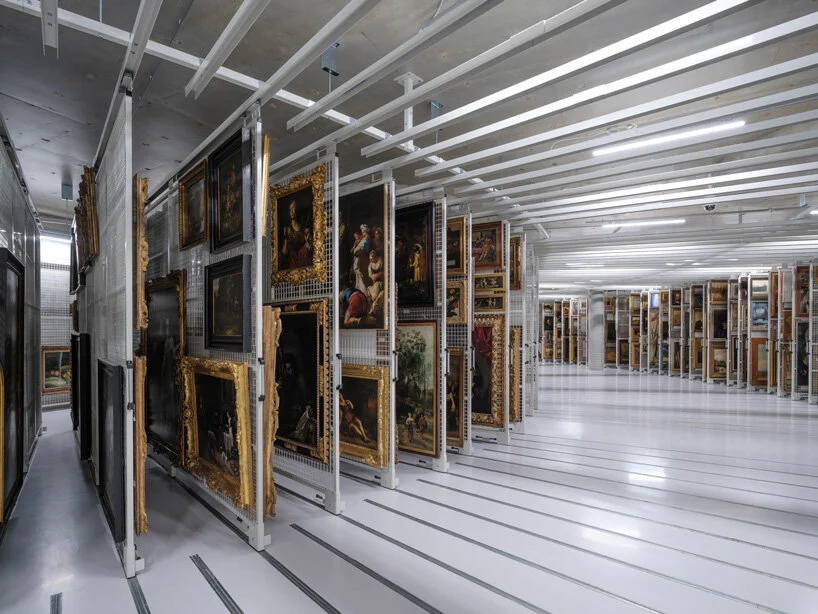
Offering an entirely new type of experience for museum-goers and art lovers in the Netherlands, the art storage facility in Rotterdam’s Museumpark, which will open to the public in autumn 2021, has been built to house the art collection of the Museum Boijmans Van Beuningen in one place for the first time since 1935. Offering visitors access to the museum’s entire 151k-strong collection of objects – only 8% of which could be displayed at the Rotterdam museum, the museum proudly states that now the back of the museum has actually become the front and the care of the collection has become part of the public programme.
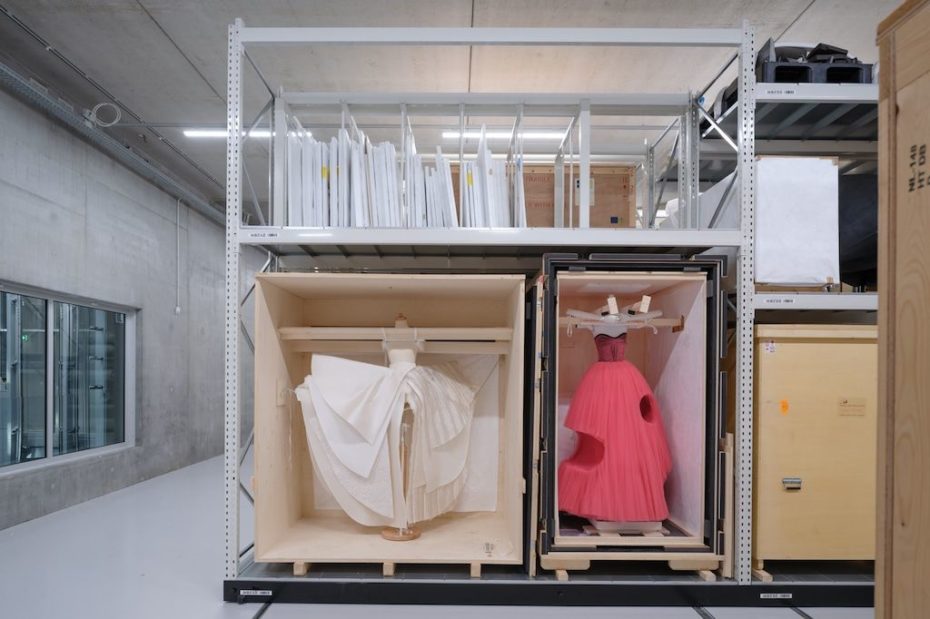
The storage spaces are divided into five different “climate zones” so that the artefacts can be stored and exhibited according to their specific temperature and humidity requirements, which can vary depending on the materials used to make them. Most importantly it will provide visitors with the opportunity to go behind the scenes and experience the processes involved in the preservation and management of a collection.
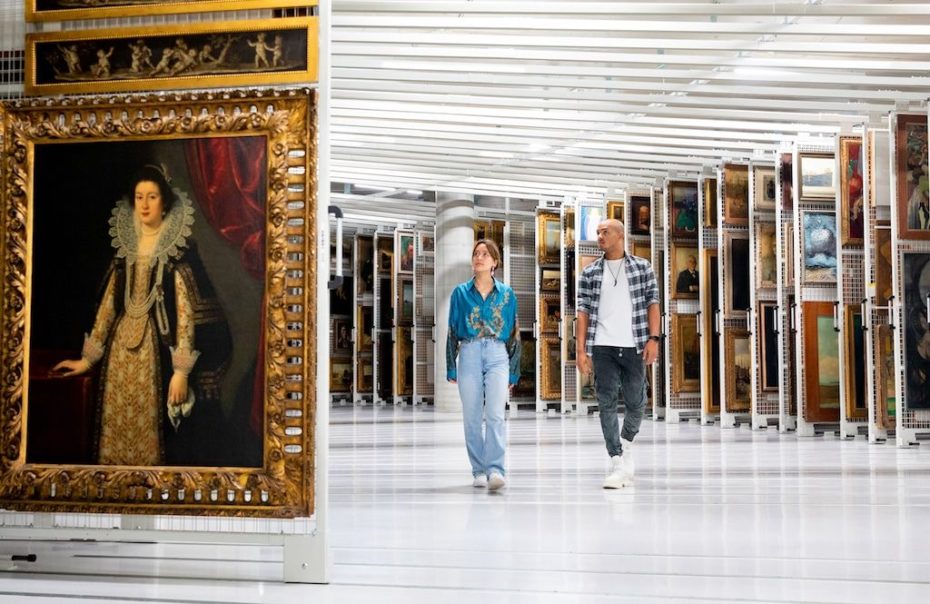
“In this building the entire collection can be seen as a mass and the care, handling and restoration of art objects is central. The visitor sees what a museum does behind the scenes and experiences what is involved in the preservation and management of a collection.”
We’re loving this idea, hoping more museums adopt it.
More information found here.
2. Inside the One-Bedroom Museum of Thomas Lollar; ceramicist, teacher, and collector
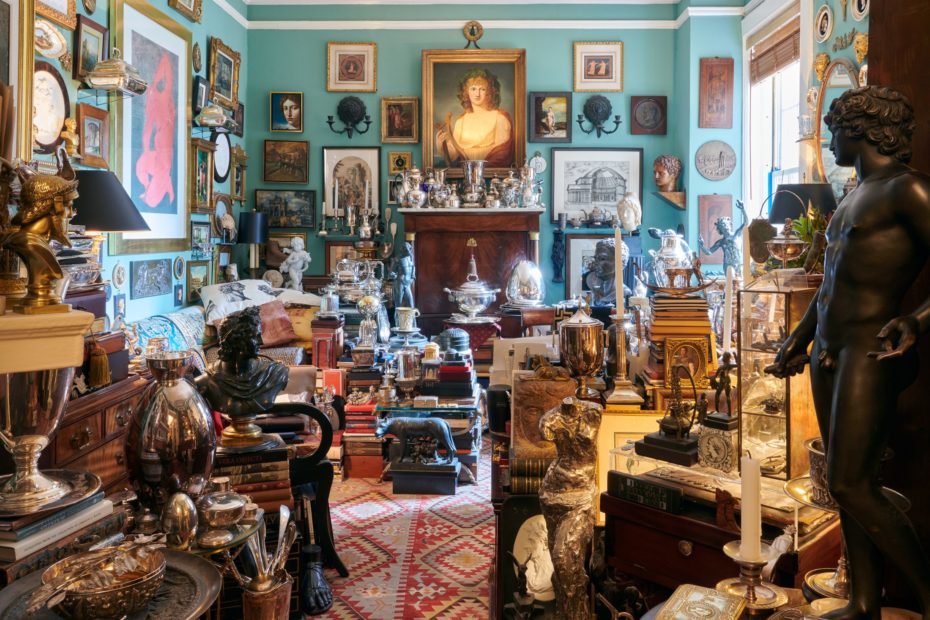
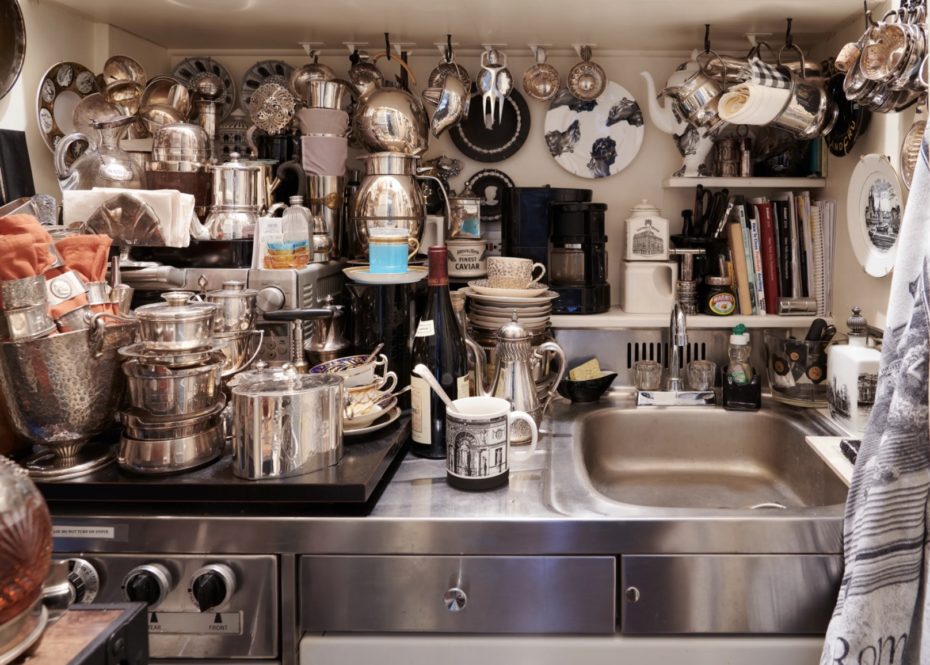
Lollar’s fascination with the past is part of his present-day curriculum teaching studio art at Columbia University’s Teachers College, where he has been on the faculty since 1988. Eight years after taking that position, while also working at Lincoln Center as director of visual arts, he bought this 500-square-foot one-bedroom, attracted by its unusual layout and very high ceilings, in a prewar building nearby.
Full article found on Curbed.
3. The Gatchina Palace Egg from Fabergé, as a gift from the Czar to his mother in 1901
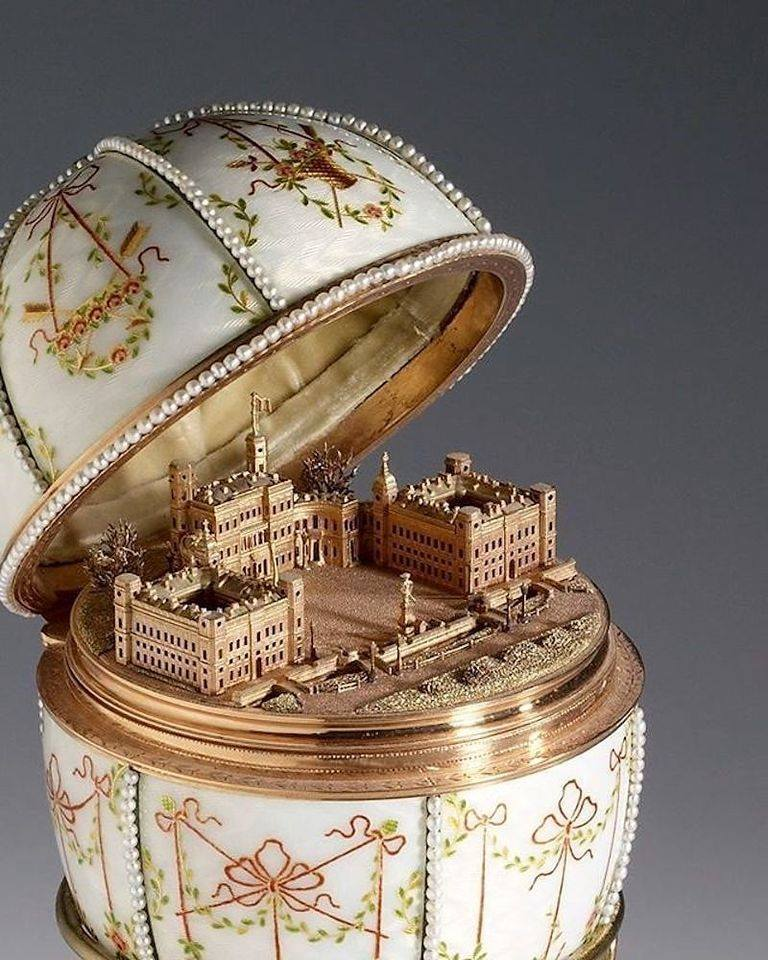

Made of gold, enamel, silver-gilt, portrait diamonds, rock crystal, and seed pearls.
In 1920, the egg was in the possession of Alexander Polovtsov, who was a former employee at the Gatchina Palace and later started an antique shop in Paris. It is not known how Mr. Polovtsov acquired the egg.
In 1930, this egg was sold, along with the 1907 Rose Trellis egg, to American Henry Walters and became a part of the Walters Art Museum Collection in 1931. In 1936, the egg was exhibited with the Rose Trellis egg at the Walters Art Museum in Baltimore, Maryland, and it has been on permanent display since 1952.
Found on Wikipedia.
4. Guy finds Secret Passage In His 500-Year-Old Home’s Library
Speculating about their original use, Freddy Goodall said he believed the passages had been used “many years ago for servants to pass from their quarters into the main house.”
It was not uncommon for houses to boast secret passages for the servants and other staff to use, as they were typically not allowed to use “official” corridors and staircases.
“The passageways run all the way from one end of the house to the other,” he said. “When the passageways were in use, I believe there were some running miles underground to nearby buildings and a church.
“I found a safe containing old historical documentation relating to the house,” he said. “I have found other artifacts including old books from when the house was a school. I will look for new things in the future.”
Goodall suspects that mischievous pupils may have snuck down into the passageways. “I would imagine [the passageways] were used for maintenance purposes, although I found many names inscribed into the wall that looked like school pupils that snuck down there,” he said.
Here’s part 2 of what’s in the hidden room on Freddy’s Instagram account. And part three, opening the safe, as well as a part 4, part 5 and part 6.
Originally found on Tik Tok (proving it’s not just for silly dance routines).
5. A Canary Resuscitator (to revive them after they passed out from carbon monoxide in mines)
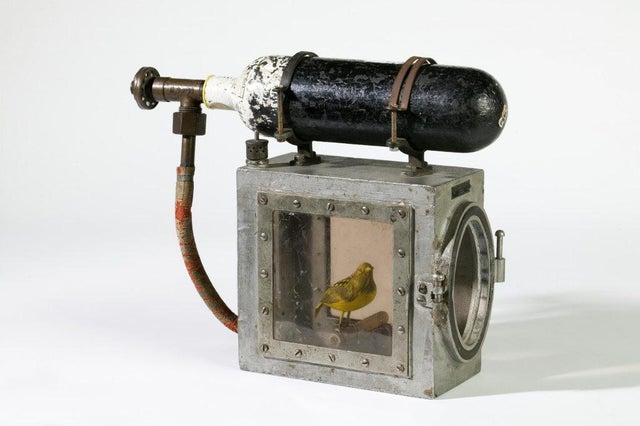
Found on the Science and Industry Museum.
6. The only remaining images of the Moscow Art Theatre’s 1908 stage production of ‘The Blue Bird’
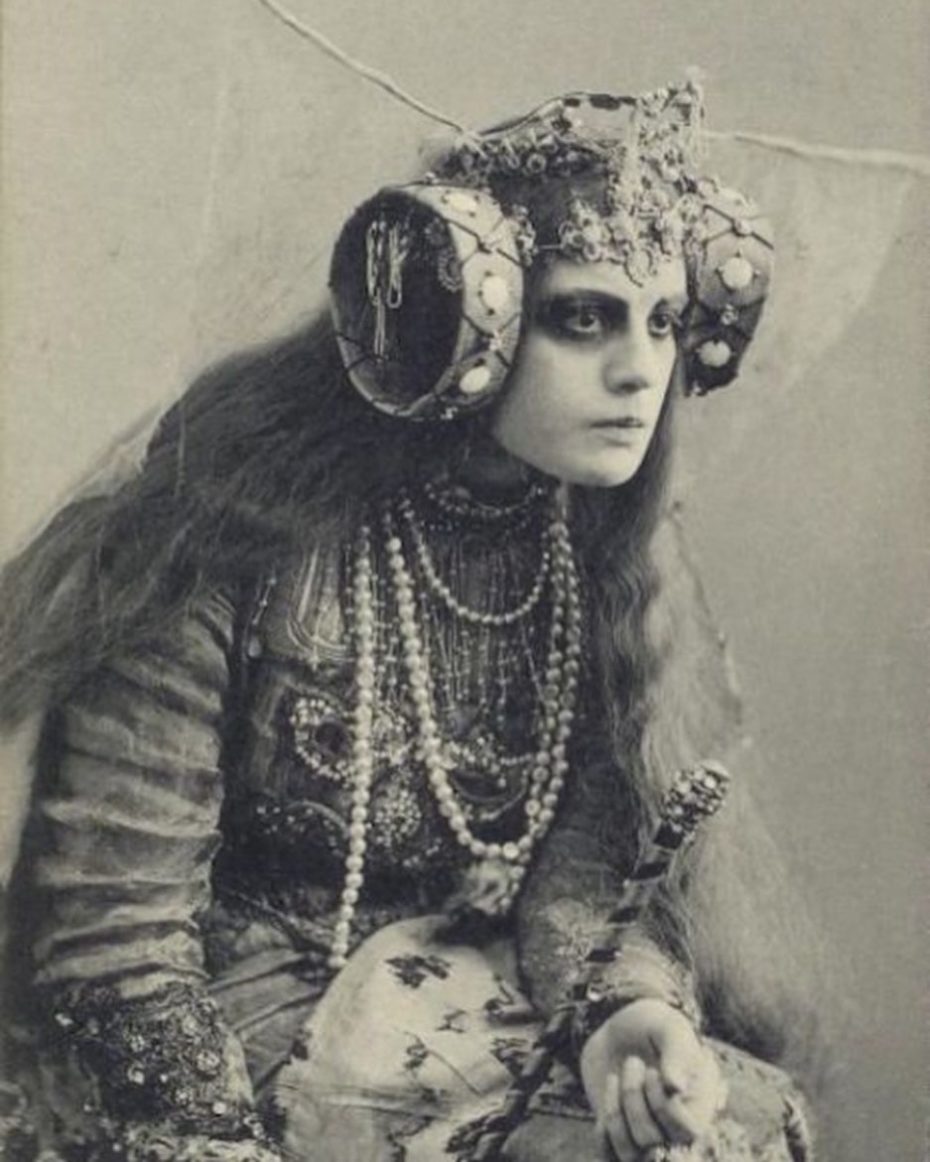
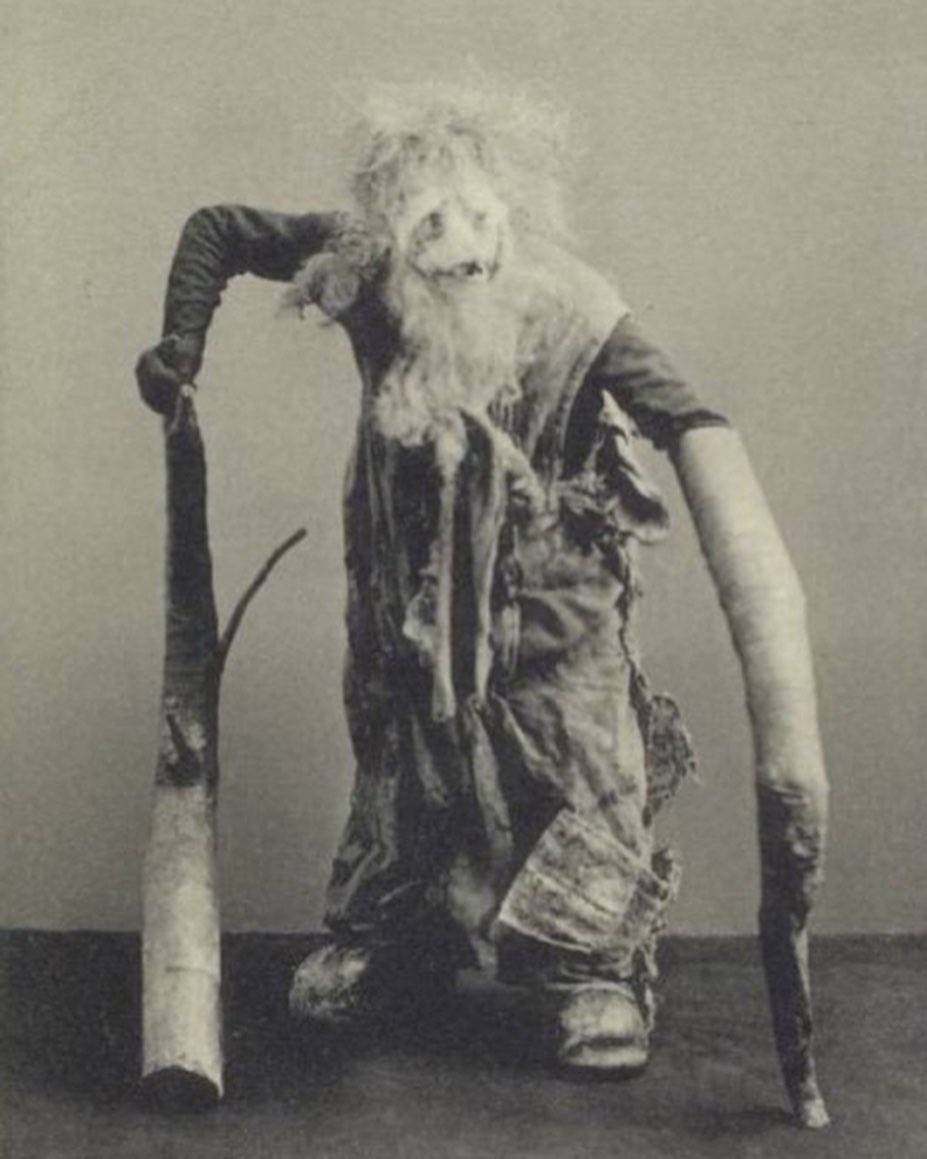
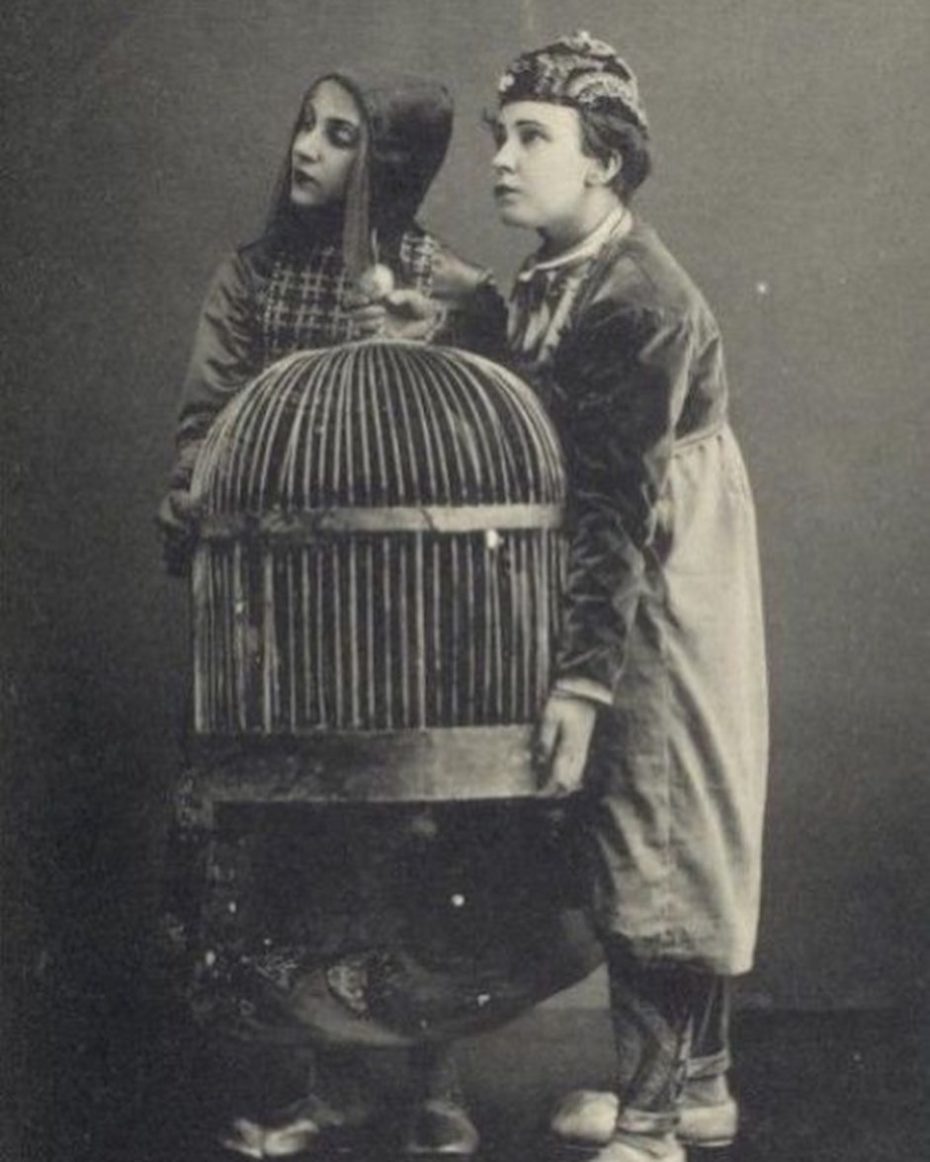
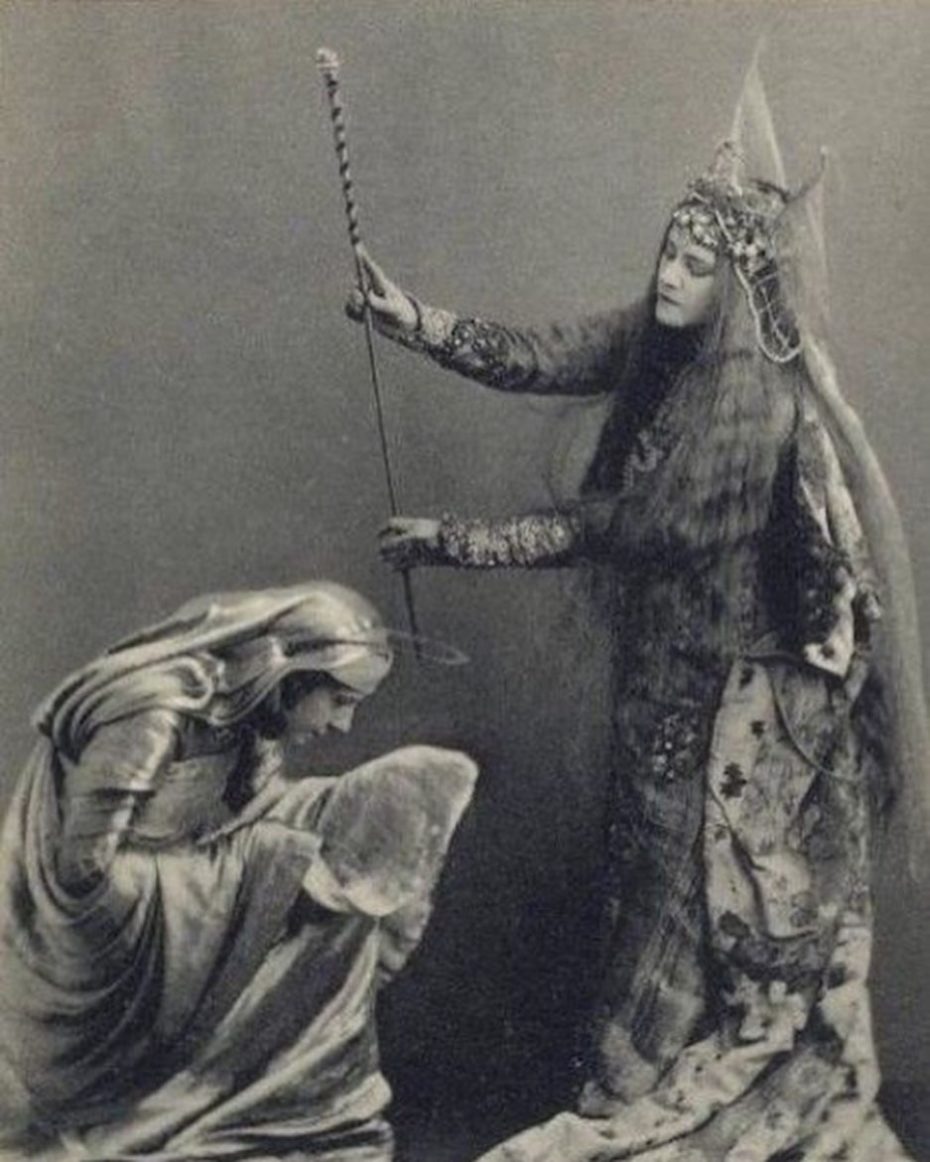
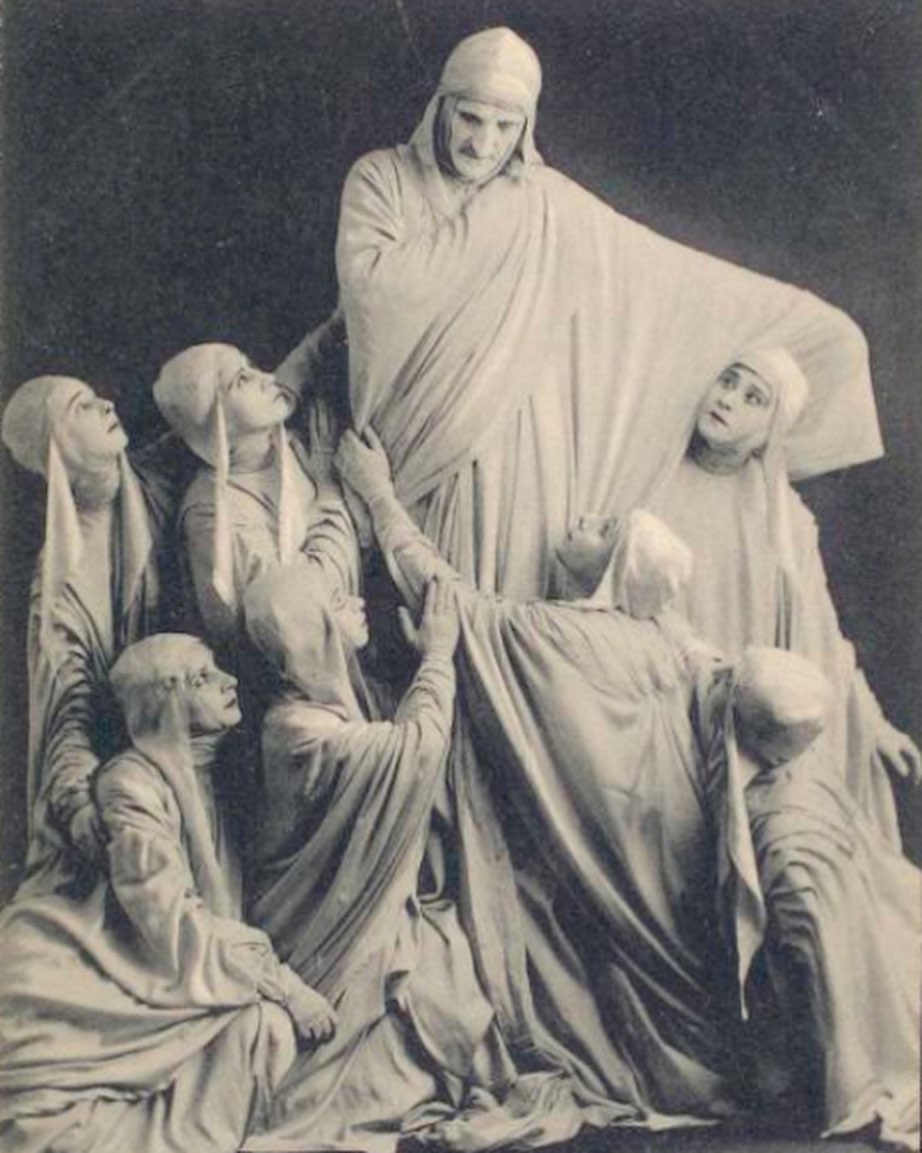
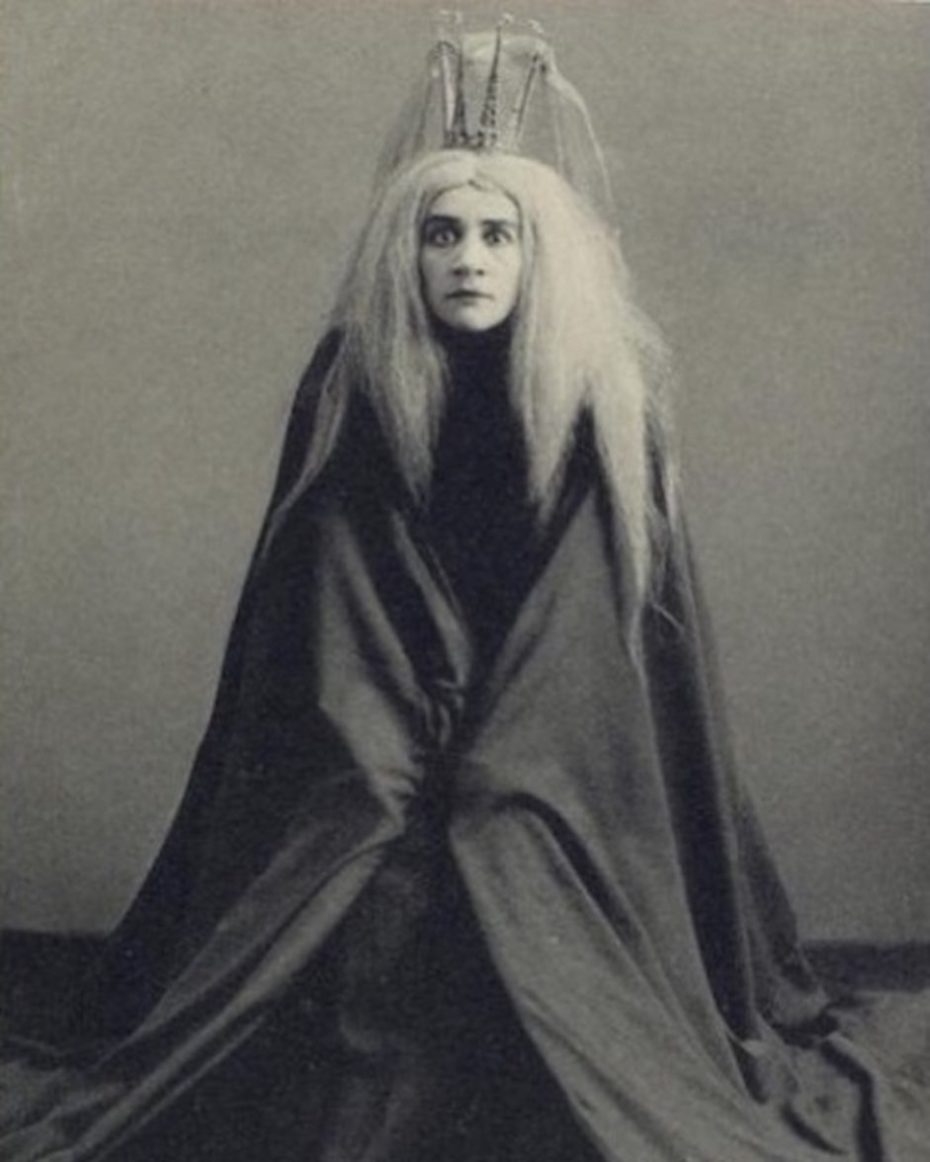
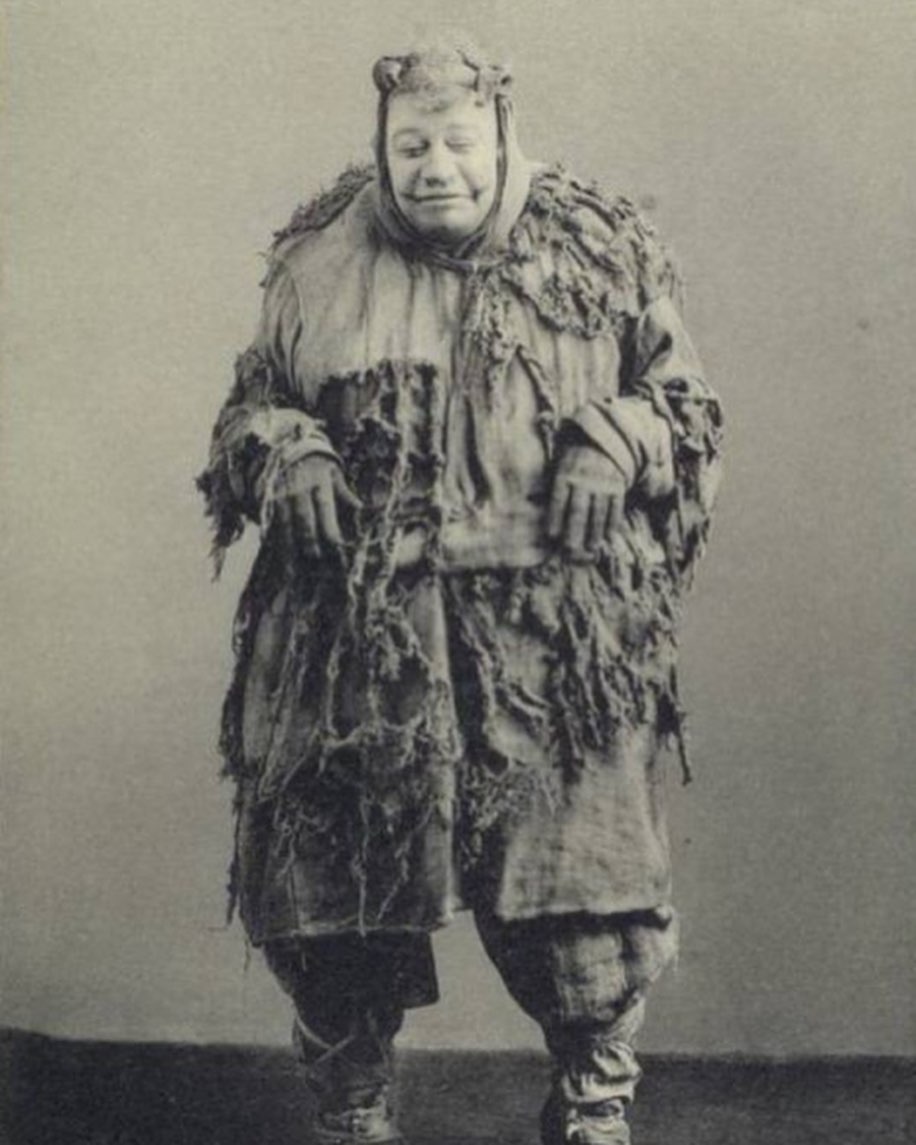
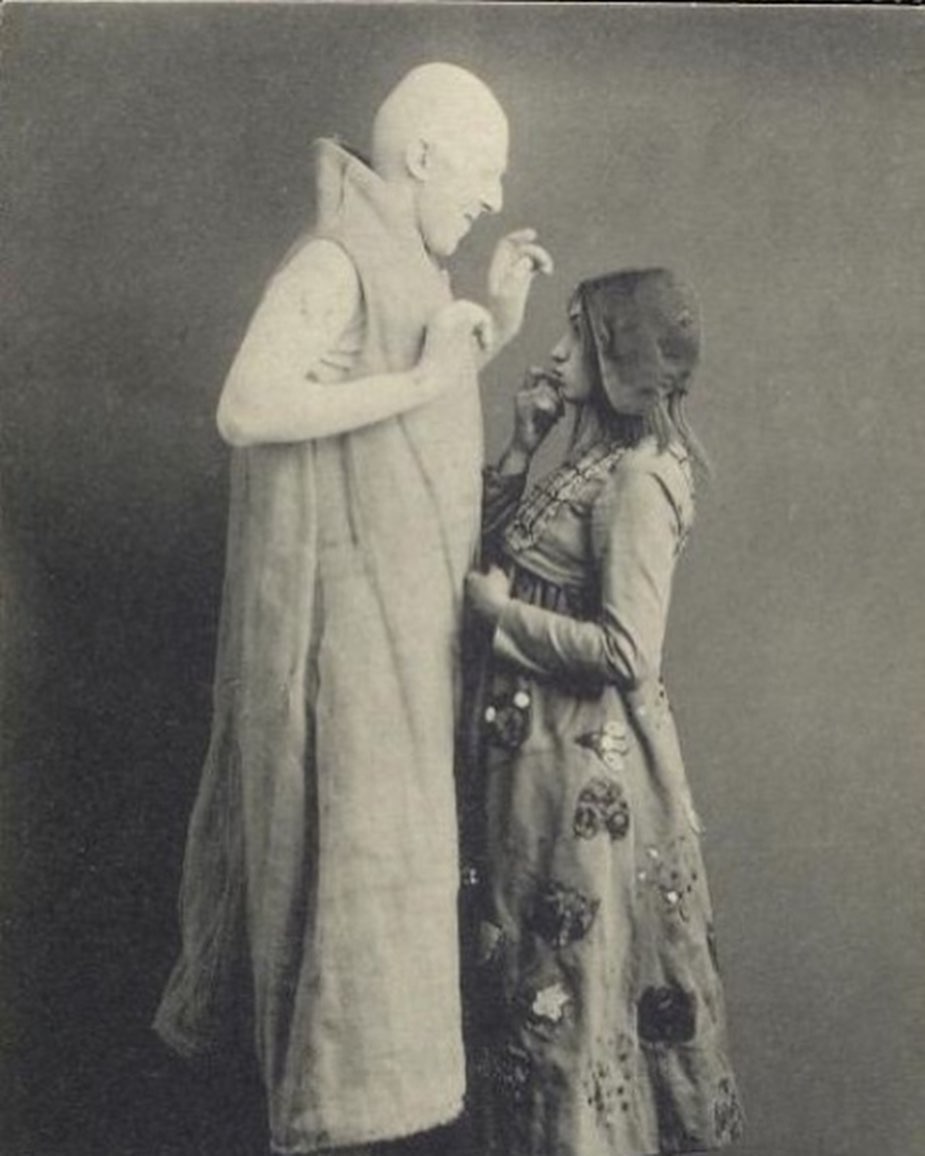
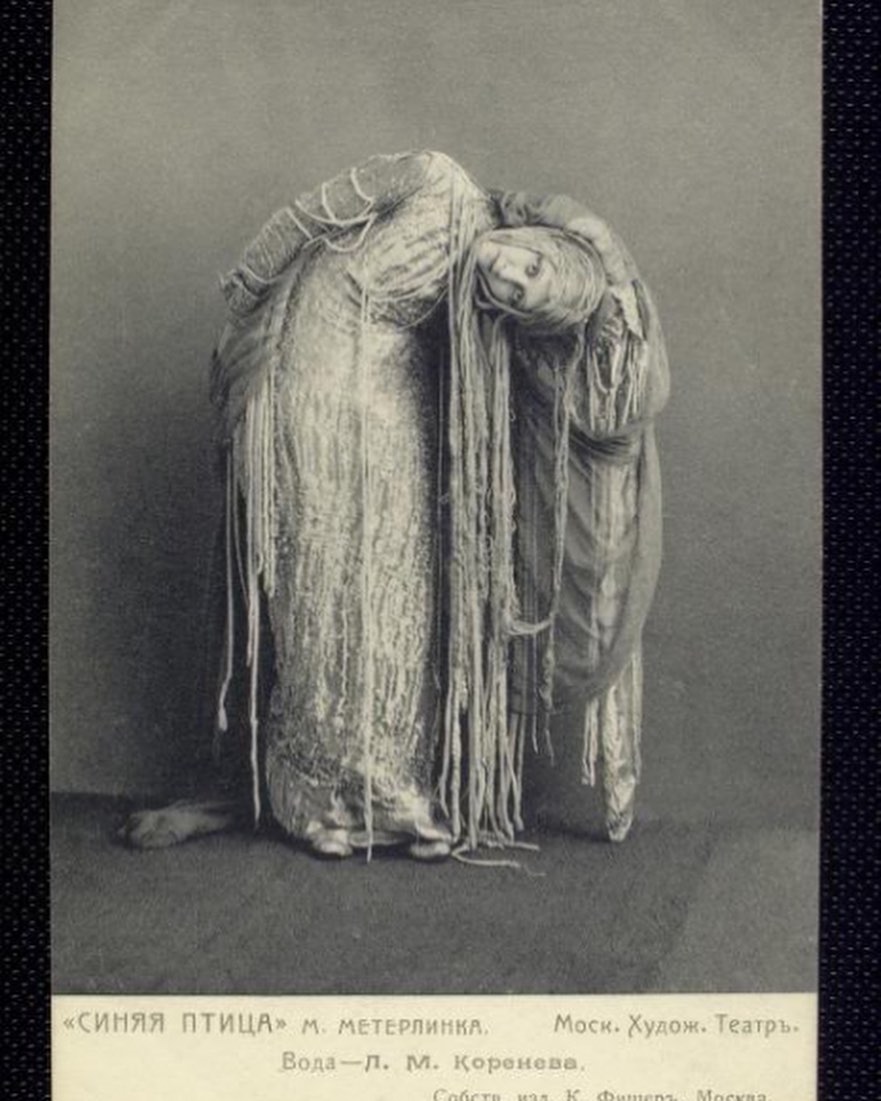
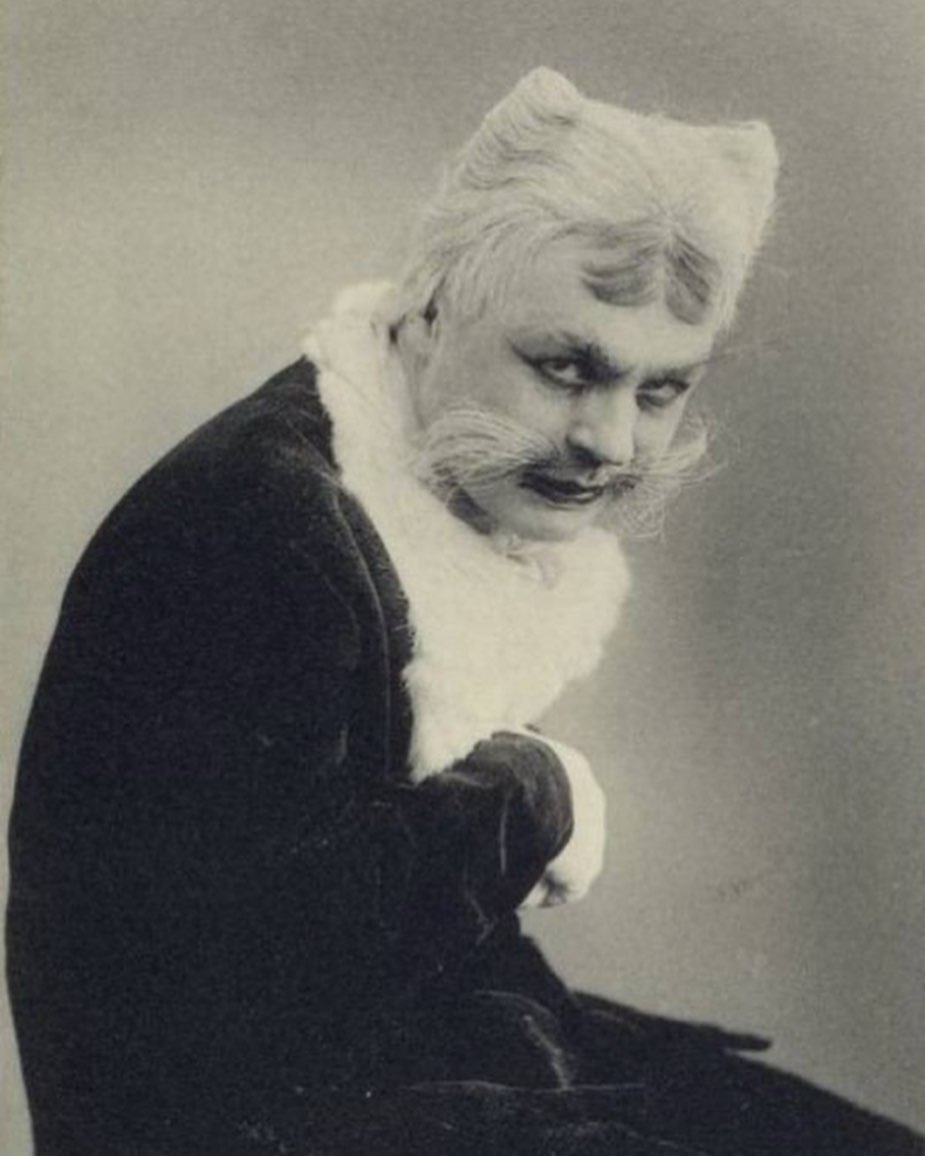
Directed by Konstantin Stanislavski.
Found on Anonymous Works.
7. Channelling Isabella Rossellini from Death Becomes Her for Halloween
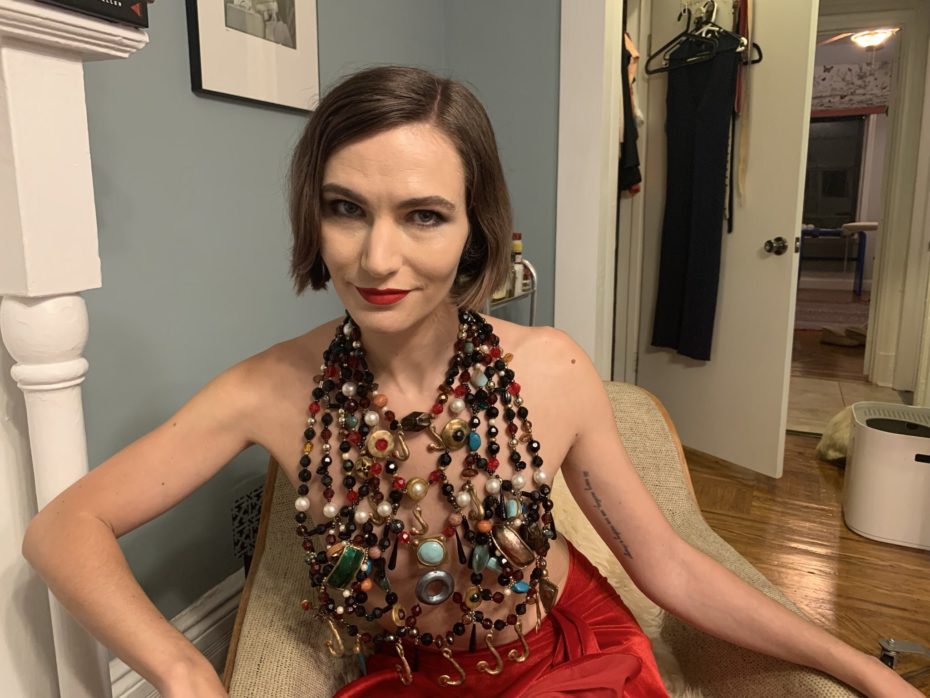
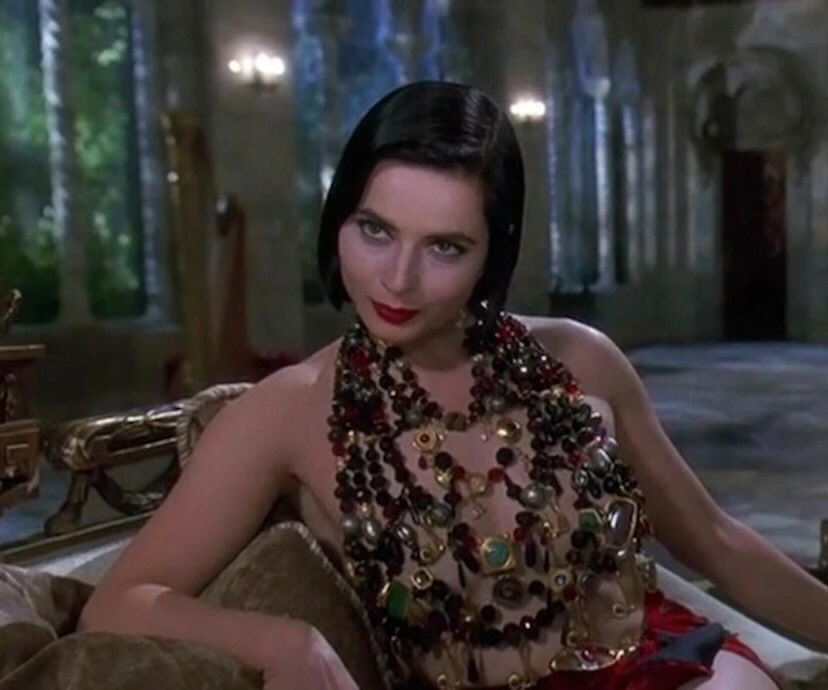
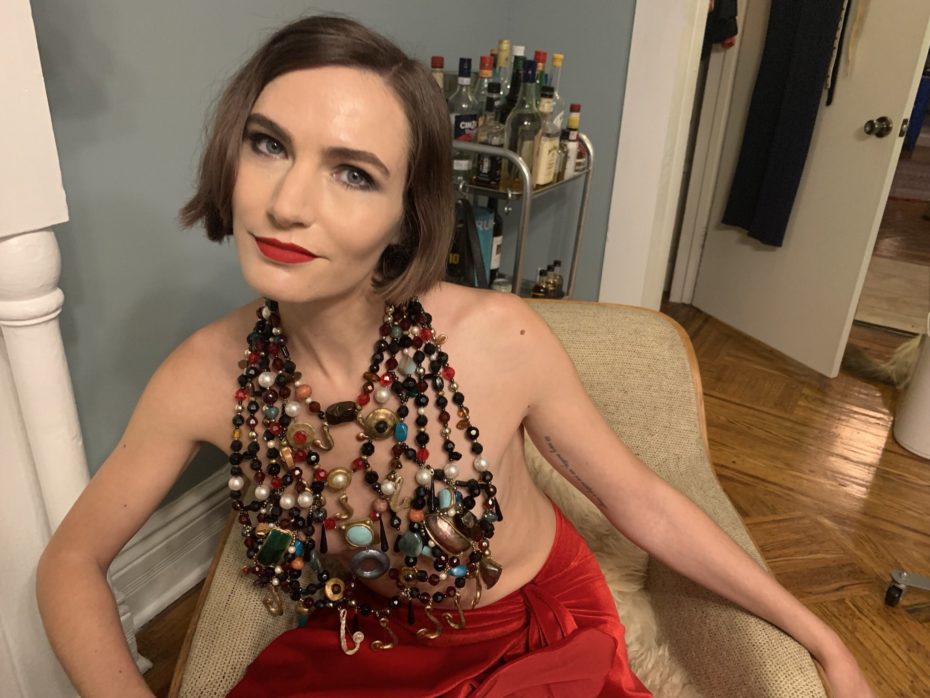
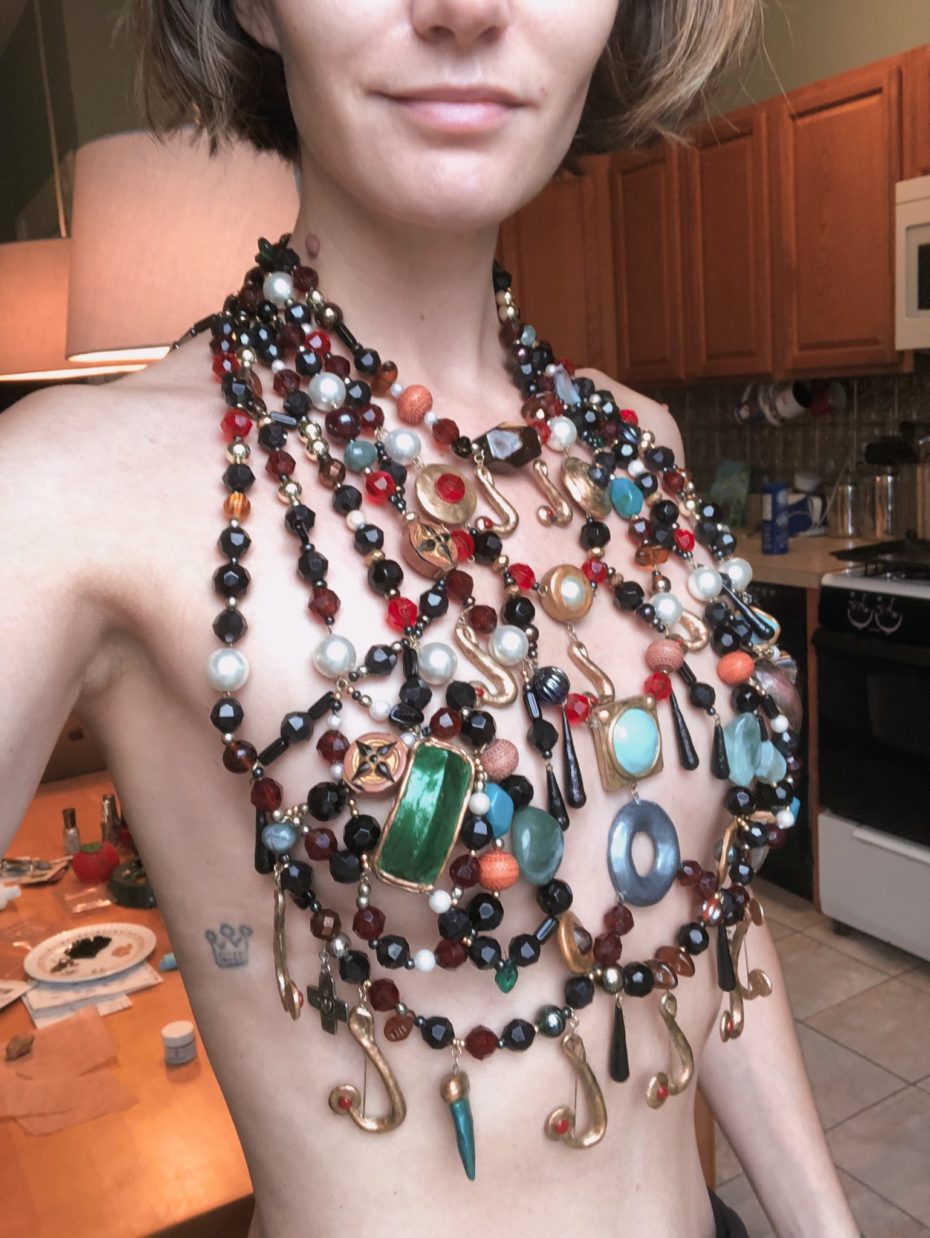
“The beads came from flea market costume pieces, others i made out of modeling clay, put together with findings and filler beads from the craft store.”
Made by journalist Jenna Sauers, found on Twitter.
8. “The Paint Wizard”
9. Henri Matisse in his studio with his doves, photographed by Henri-Cartier Bresson, 1944
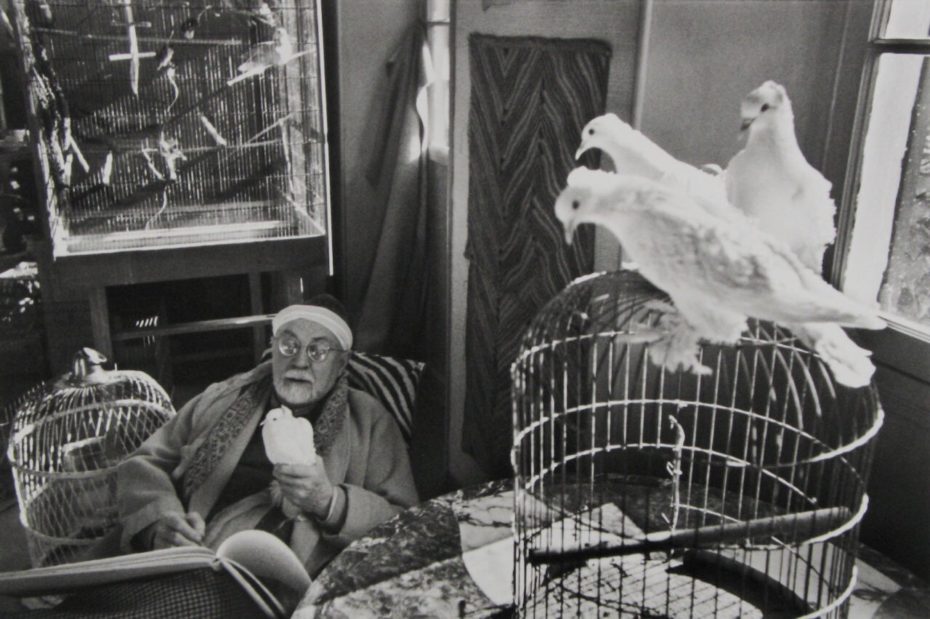
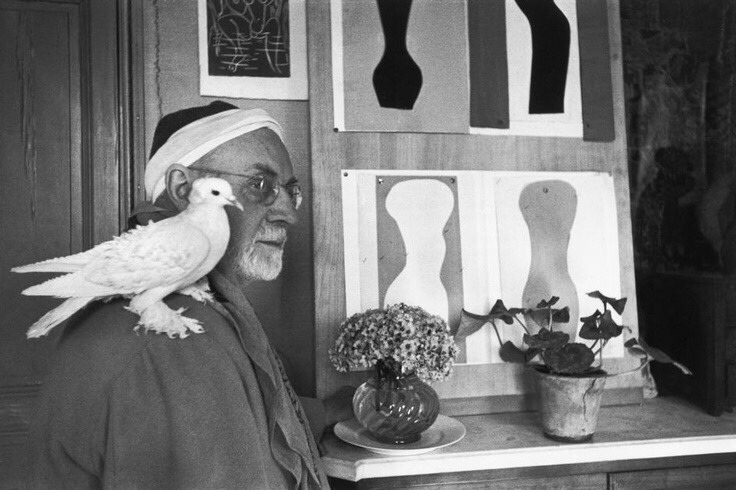
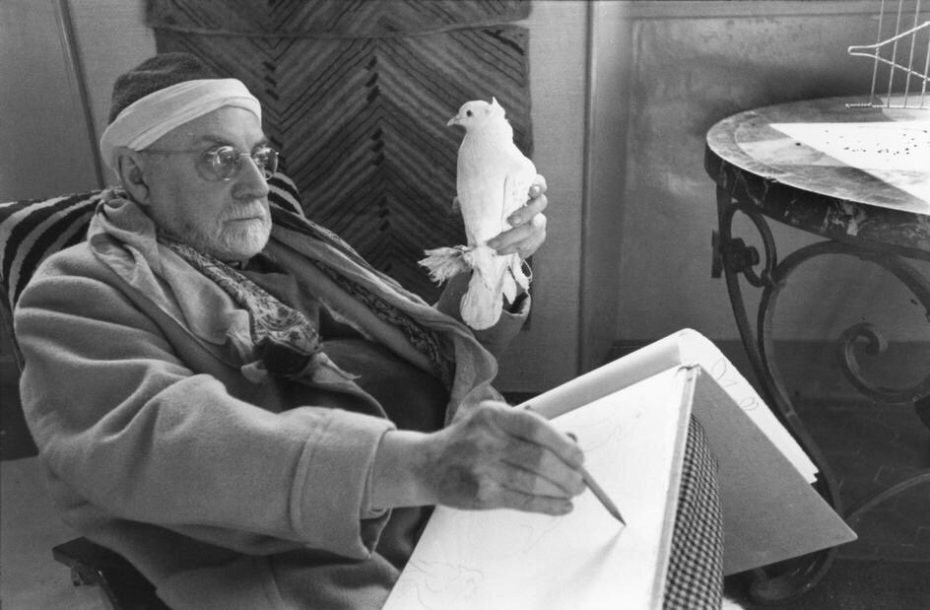
In the studio in Vence, France, found on Magnum.
10. That time Ford introduced the wrist twist steering for cars
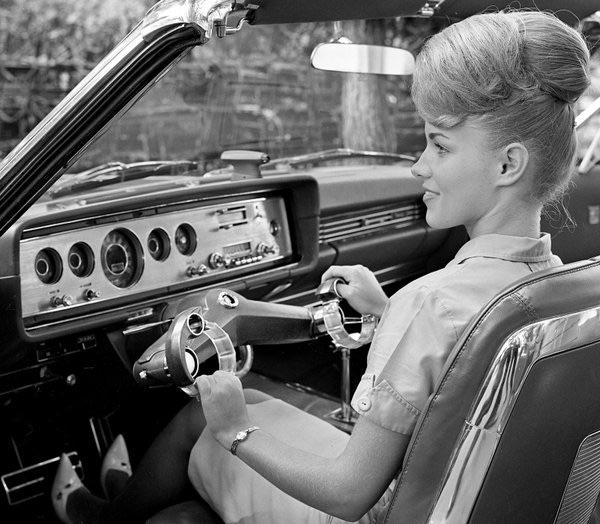
Introduced in 1965, despite better visibility, a roomier cabin and allowing you to drive with your arms on armrests it never went beyond the testing stage.
Found on Reddit.
11. The Convair Model 118 ConvAirCar (also known as the Hall Flying Automobile)

A prototype flying car which made 66 flights. (Photo taken in 1947). A lofty production target of 160,000 was planned, with a projected $1,500 price tag. Convair anticipated that the Model 118 would be purchased in large numbers to be rented at airports. Only two were built.
Found on Wikipedia.
12. The most remote hotel in the world only accessible by a helicopter


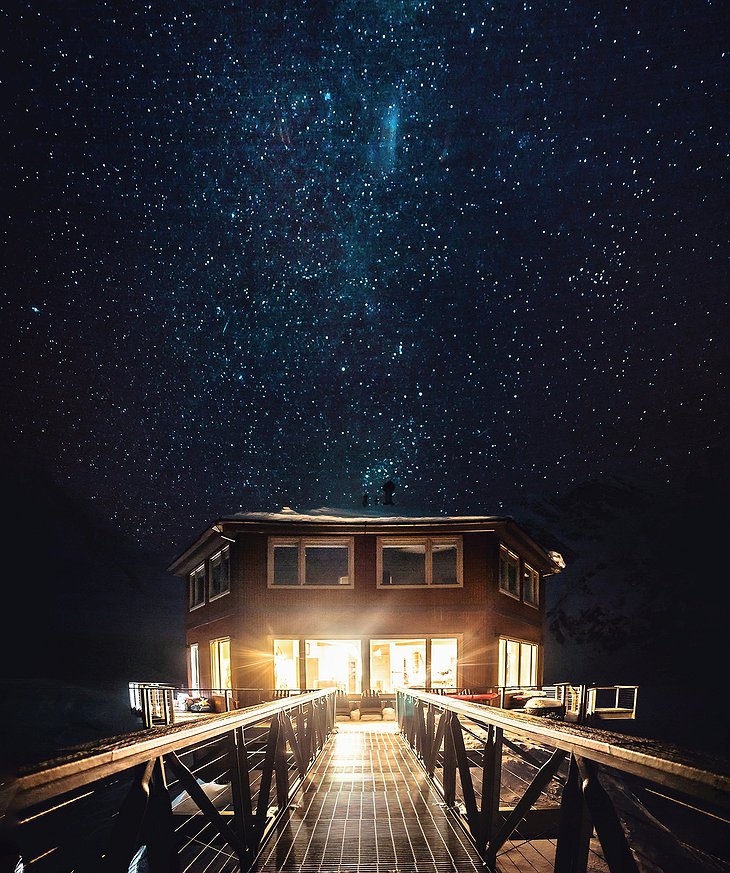
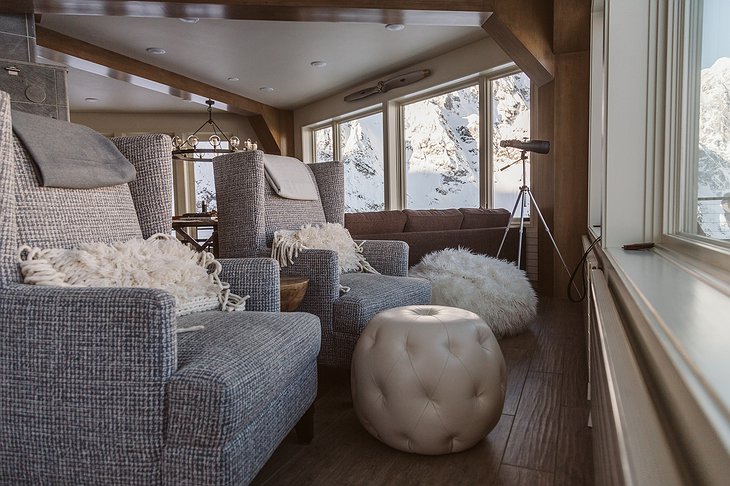


The chalet is situated on the ridge of the Don Sheldon Amphitheater of Denali’s Ruth Glacier in Alaska at an elevation of 6,000 feet (1,829 meters), and it costs $35,000 USD / 3 nights.
Found here.







